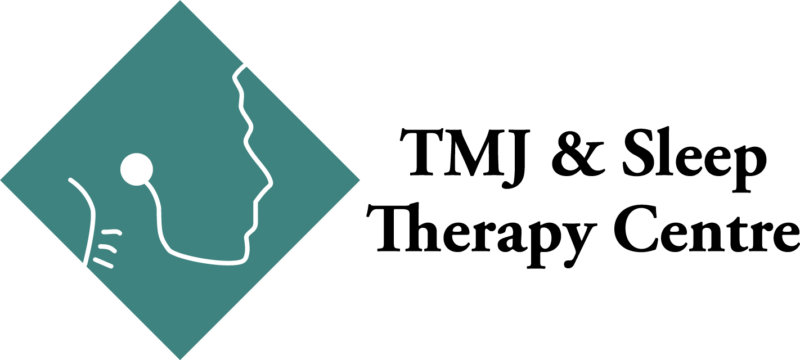There is nothing more important than breathing. Sleep apnea is the repeated interruption of breathing during sleep. As you might imagine, it causes loud snoring, fatigue, irritability, sore throat, attention deficit and headaches. It can lead to death if left untreated.
There are two types of apnea:
Central Sleep Apnea – signals to breathe from the brain aren’t getting through to the muscles.
Obstructive Sleep Apnea – an obstruction blocks the airway during sleep. Examples include a deviated septum, inflammation of the soft tissue in the back of the mouth, tongue-tie, or other issues. This is the far more common form.
There are three broad ways to treat obstructive sleep apnea: behavior modification, appliances and surgery.
Let’s take a look at some of the common treatments:
- Live smarter. Losing weight, and avoiding alcohol and tobacco, can treat some mild forms of apnea. Obesity is a common cause of obstructive sleep apnea because fat deposits in the soft-tissue passages and decreased muscle tone narrow the airway and increase the chances of its collapse at night. Smoking can promote swelling in the upper airway.
- Change sleeping positions. Sleeping on the back collapses the airway. Turning to the side can ameliorate that.
- Skip the sleeping pills. Many people with undiagnosed sleep apnea have trouble falling asleep and rely on sleeping pills to facilitate slumber. But sedation can prevent the body from waking when breathing stops. That is not a solution.
- CPAP. The most common and generally effective treatment, when tolerated, is the Continuous Positive Airway Pressure (CPAP) device. It is a mask worn over the mouth and nose hooked to a machine that delivers a continuous flow of air into the nose. It keeps airways open and breathing regular. A bi-level version, known as BPAP, delivers positive pressure upon inhalation and negative pressure upon exhalation.
- Dental devices. Not everyone can tolerate having a mask over their face all night. For them, oral appliances designed by a specially-trained dentist can help. They are designed using a plastic mold of the mouth to fit individual needs and often open the throat by pushing the jaw forward or pressing the tongue out of the way.
- Nasal surgery. If a deviated septum is blocking air flow and causing apnea, it can be treated with a simple procedure.
- Soft tissue removal. The soft tissue on the back of the palate can impede airflow. A procedure to remove some of that tissue can increase the width of the airway.
- Jaw repositioning. Surgery is the last option, when all other options have been exhausted. Maxillomandibular advancement surgery resets the jaw to open the airway.
Some headaches are caused by misalignment of the jaw that can be easily remedied.
Sleep apnea is a serious medical condition that can be corrected. Although millions of Americans suffer from sleep apnea, it’s estimated that 90% are failing to seek treatment. If you have the symptoms I’ve described, come on in for a check-up to see if a sleep breathing disorder is the cause.
